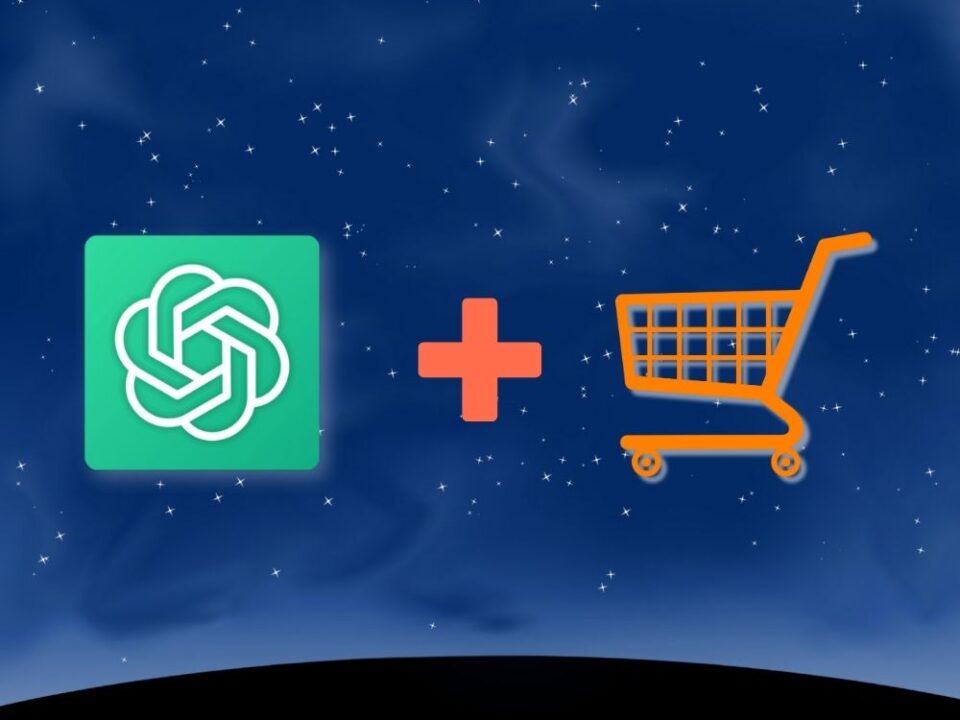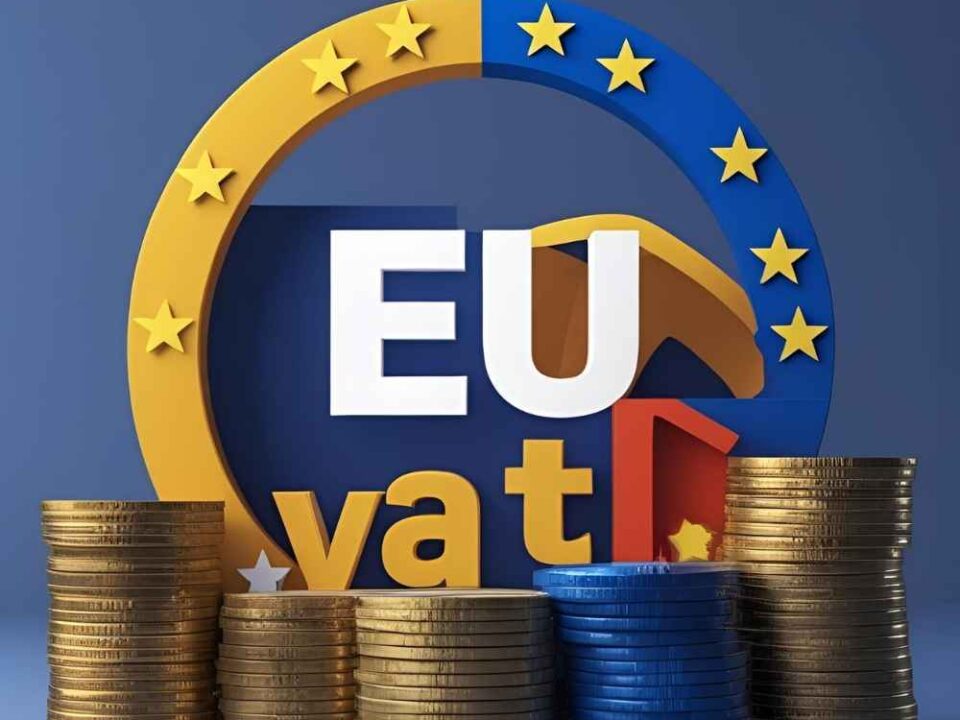
2025 Customer Service Revolution: How Dual-Engines Transform Support from Reactive to Proactive
July 12, 2025
Adapting to EU VAT Rule Changes in 2028: Why a Smart Live Chat System Is Your Secret Weapon
July 20, 2025WhatsApp Business is entering a new era. As of July 1, 2025, Meta officially shifted its pricing model from a flat per-conversation fee to charging per delivered template message, introducing tiered volume pricing and placing ads in the app’s Updates and Status sections. What does this mean for businesses—and users?
1. 💰 Shift to “Pay‑Per‑Message” Model
What’s new:
WhatsApp no longer charges on a 24‑hour conversation basis. Instead, each delivered template message—marketing, utility, or authentication—is counted and billed separately.
India pricing example:
- Marketing messages: ₹0.78 each
- Utility/authentication: ₹0.11 each
- Volume discounts: drop to ₹0.08 if monthly sends exceed 300 million
2. 🛡 Free Messaging Windows Still Apply
Businesses can still avoid charges in certain cases:
- Customer-initiated chats: You get a 24-hour free window to send any message after a user replies.
- Click‑to‑WhatsApp ads: Start a 72-hour free window from user engagement via ads—but you must reply within 24 hours.
3. 📈 Volume Discounts to Reward Scale
To offset per-message charges:
- Meta introduced tiered pricing for utility/authentication templates.
- Use under 25 M msgs/month: ~₹0.115/msg
- Over 300 M msgs/month: ₹0.08/msg
- These tiers reset monthly and help large senders reduce per-message cost.
4. 📢 Ads Arrive in Updates & Status Tabs
- Starting June 16, 2025, WhatsApp began placing ads in the Updates/Status sections—not in private chats.
- The ads target users using minimal metadata like “location/language” and promise not to invade end-to-end encrypted chats.
- Meta also plans paid Channel subscriptions and promotions within WhatsApp.
5. 🔍 What This Means for Businesses
- Message counts matter more now — Every template counts.
- Strategic flow planning — Use free windows; get users to initiate chats.
- Refine templates — Consolidate messages to minimize costly templates.
- Volume plays — Scale to unlock discounts on utility/auth templates.
- Utilize ads smartly — Ads in Updates can funnel users into 72h free conversations.
6. 📊 Benefits & Cautions
| Impact | Pros | Cons |
|---|---|---|
| Budgeting | Scale discounts reduce costs for high volumes | Small businesses may face higher Per‑msg costs |
| User Engagement | Free windows reward conversational plays | Ads could irritate long‑time users |
| Platform Strategy | Ads & channels add growth paths | Risk of user trust erosion |
7. ✏️ Best Practices to Stay Ahead
- Audit & trim redundant templates pre-July 1.
- Drive initiation: embed click-to-chat links in your site, receipts, ads.
- Combine ads & messaging: ads in Updates → chat opens → 72‑hour free window.
- Track spend closely: view each message as a micro‑investment.
- Monitor volume tiers: adapt campaigns to hit discounts early.
🧭 Final Word
Meta’s twin moves—to charge per message and serve ads in Updates—are clearly aimed at maximizing revenue from WhatsApp Business. Large brands with optimized flows can benefit from discounts. But small-to-medium businesses will need to embrace smarter engagement and tighter messaging strategies to keep costs under control.
WhatsApp is drifting closer to a WeChat-style super-app model—integrating communication, commerce, and promotion. For businesses ready to adapt, it’s an opportunity. For those who treat WhatsApp like yesterday’s SMS, it could mean unwelcome surprises in their next billing cycle.



